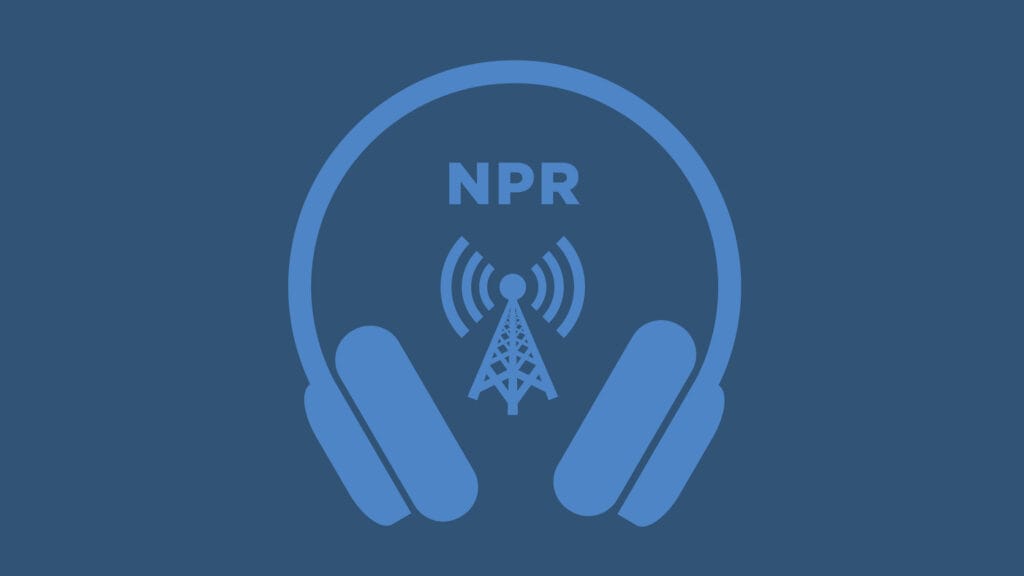If the government shutdown isn’t resolved by Nov. 1, some 65,000 low-income children will be at-risk of losing access to Head Start child care and early learning.
JUANA SUMMERS, HOST:
Low-income families across the country rely on Head Start for child care and preschool, but federal funding for the program is on hold during the government shutdown, and now some 65,000 children are at risk of losing their Head Start services. NPR’s Kadin Mills has the story.
KADIN MILLS, BYLINE: In Florida, a cluster of Head Start programs serve the children of migrant and seasonal farm workers.
DANIEL JAIME: I was a former migrant worker, was a Head Start child, migrant Head Start child.
MILLS: Daniel Jaime runs six Head Start programs across a handful of counties as a part of the East Coast Migrant Head Start Project.
JAIME: But I still consider myself a migrant farm worker ’cause I still every now and then go out and pick muscadine grapes and blueberries here when in season.
MILLS: In any given year, Jaime’s centers serve around 500 children. Without federal funding, those centers will be forced to shut down. That could keep many farm workers at home, caring for children.
JAIME: It’s just a full circle from, you know, not having the services for these children, for growers not having their workers there and also maybe loss of production. If they don’t have the manpower, then what do they do?
MILLS: He worries that to keep working the fall harvest, some may have no choice but to leave their children in less than ideal settings.
JAIME: That’s the biggest thing for me right now, is knowing that we have our babies out there and we can’t serve them in the center.
MILLS: Without federal funding, Jaime’s Head Start programs will shut down after Friday. And his centers aren’t alone. According to the National Head Start Association, 134 Head Start programs across the country have funding cycles that start on November 1, and that funding can’t be renewed while the government is shut down.
TOMMY SHERIDAN: They are scrambling and trying to figure out how long they can keep the doors open.
MILLS: Tommy Sheridan is with the National Head Start Association. He says programs are looking into anything that might help them stay open for just a little longer, including delaying rent and utility bills and trying to raise emergency funding.
SHERIDAN: They’re talking to schools. They’re talking to their state. They are talking to philanthropic partners, their banks about lines of credit.
MILLS: Some programs have a built-in advantage. They’re in the minority of states that also spend their own money to help fund the centers. Suey Linzmeier runs a Head Start center in northern Oregon, where she says the state provides about 60% of their funding.
SUEY LINZMEIER: If we didn’t have state dollars, that would be a whole different story. I don’t even know what we would do. We would probably have to shut down.
MILLS: Still, Linzmeier says the program can only avoid closure for so long without federal dollars, but she hopes it doesn’t come to that. To do this kind of work, she says you have to be hopeful.
LINZMEIER: And we just hired a woman named Hope, and I said, thank goodness you’re here (laughter).
MILLS: Linzmeier has 314 children in her program right now, or as she says, 314 more opportunities to change a life for the better.
Kadin Mills, NPR News.
(SOUNDBITE OF MUSIC)
Copyright © 2025 NPR. All rights reserved. Visit our website terms of use and permissions pages at www.npr.org for further information.
Accuracy and availability of NPR transcripts may vary. Transcript text may be revised to correct errors or match updates to audio. Audio on npr.org may be edited after its original broadcast or publication. The authoritative record of NPR’s programming is the audio record.
Kadin Mills 2025-10-30 20:08:07
Source link

